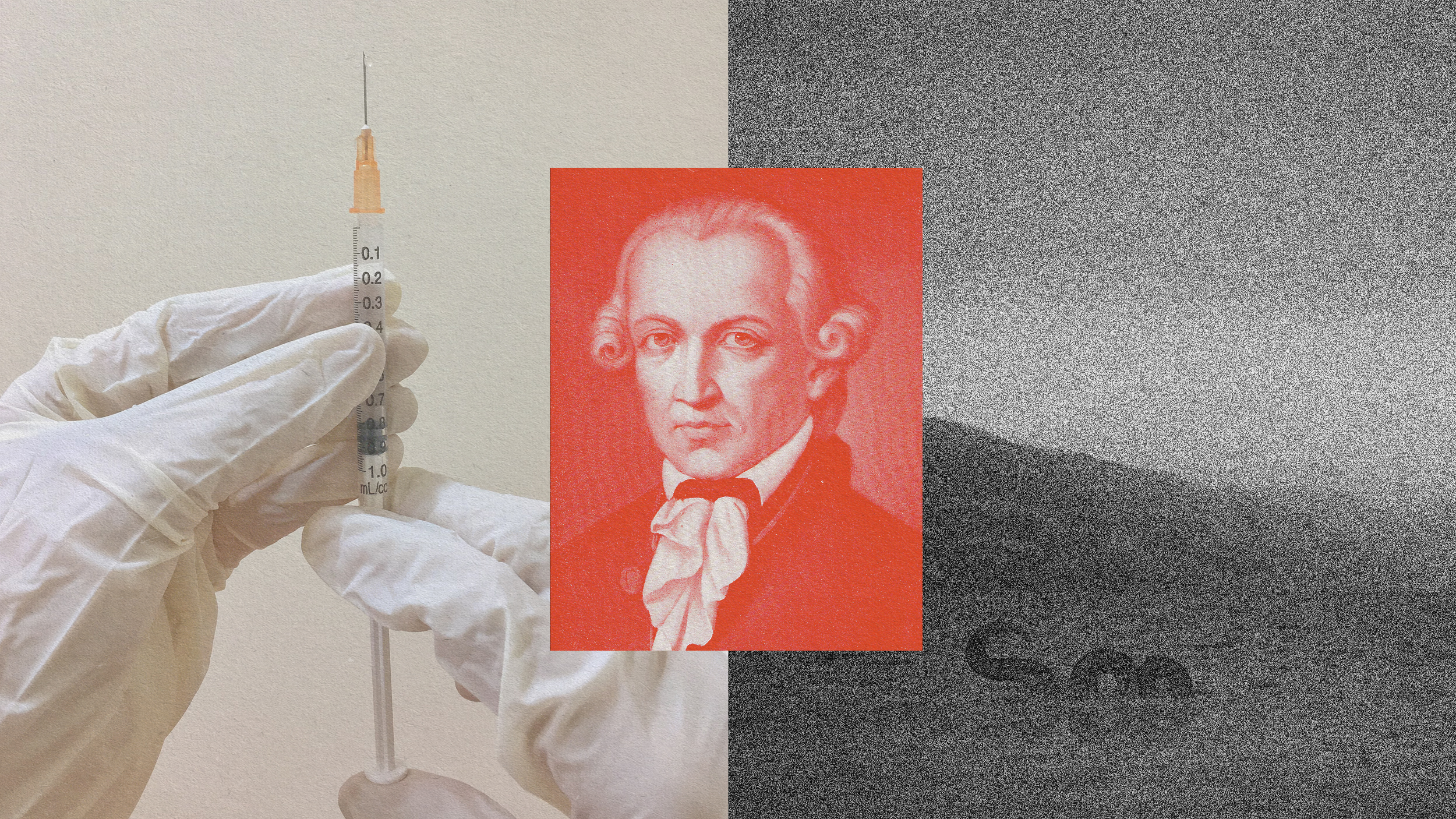“There’s actually a science to why stories matter. So when we hear a good story as human beings our brain lights up. It illuminates the city of our minds,” says Contently’s Editor-in-Chief Joe Lazauskas. “It makes us care. It builds relationships. And that’s why storytelling has been such a fundamental part of being human since early times.” Lazauskas then defines the four key elements that all compelling stories share, from cave paintings to the Bible—even Star Wars. If you can incorporate them all into a single narrative, you may have mastered storytelling. Joe Lazauskas and Shane Snow are the authors of The Storytelling Edge (February 13, 2018), available for pre-order now.
JOE LAZAUSKAS: There’s actually a science to why stories matter. So when we hear a good story as human beings our brain lights up. It illuminates the city of our minds. The neural activity in our brains increases fivefold and in addition we basically get given a drug. It’s called an empathy drug called oxytocin that gets released when we hear really good stories. And this combination of all of these neurons firing at five times the capacity otherwise when we hear a story, plus this really awesome drug seeping into our brain that makes us feel good makes us remember things.
It makes us care. It builds relationships. And that’s why storytelling has been such a fundamental part of being human since early times. When we were sitting around campfires and chasing wooly mammoths and trying to rub sticks together and like figure out how to make more fire and starting to build tribes we didn’t have written language. But the way that we passed down stories told our next of kin that, you know, "stay away from the tigers over there and don’t eat these berries," was through stories. Because we saw that it allowed us to store information and remember and be captivated in such a different way.
So the first element of great storytelling is relatability. And if you think back to Star Wars, right. What makes Star Wars so good? It isn’t necessarily the technology. It isn’t just the amazing graphics. The thing that makes Star Wars so good is that it was based on nostalgia for 1950s Americana. So if you look at the original Star Wars the spaceships kind of look like old hot rods from the 50s. A lot of the fashion evokes the 1950s. A lot of the shots evoke the great movies from 1950s Americana. And George Lucas was obsessed with 1950s Americana in this way. So it gave this sense of relatability that allowed viewers to be transported to this bizarre, crazy, alternate universe where these weird looking aliens were getting drunk and fighting in a space bar and there was a giant Wookie who’s a dude’s best friend. But they’re grounded in all of that nostalgia from their life that they had just had in an era where American in the 1970s was really nostalgic to that 1950s Americana and allowed it to click.
This actually ties in with the second key to great storytelling, the great element which is novelty. So relatability isn’t very good if it’s all boring, it’s generic, it’s the same thing that we’ve seen over and over again, right. Our brains also light up when we see something that’s new. It was a survival mechanism from prehistoric times when we saw something new. It was a potential threat to our lives. We had to be on high alert. We had to be wired to pay attention to it right away. And so when we see something new our brains light up, the city of our brain is illuminated. It’s going like crazy. But if something is too novel, it becomes confusing to our brains. If there’s too much novelty, we either get scared or disinterested and our brain starts to shut off and go into a survival mechanism. So in storytelling amongst those first two elements there’s this great Venn diagram between relatability and novelty and that sweet spot where it’s relatable enough that we feel comfortable being transported into that world. But it’s novel enough that it keeps our interest, but it doesn’t go too much in either direction.
And the third element of great storytelling is tension. This should be pretty obvious, right, on that tension is something that carries a great story along. As Aristotle said, the job of storyteller is to create a gap between what should be and what is, and then continue to string the reader along closing that gap between what should be and what is, and reopening it over and over again until that gap is closed and the tale ends. So in any good story you need that conflict. You need that tension that’s going to keep the reader or the viewer on high alert, always on the edge of their seat, teasing them that this tension gap is going to be closed before reopening it again and again and again. And that’s what keeps us captivated in a story.
The fourth element of great storytelling is fluency. So a lot of people in business, in MFA programs – I went to a liberal arts program myself, did a ton of writing workshops, think that the key to great writing is being convoluted, using big words, sounding flowery, sounding grand. Being this person who knows all the better words than you do. But, in fact, if you run the best and most popular writers in history through a reading level test you’ll find that they actually write at an elementary school level. Ernest Hemingway wrote at a fourth grade level. The same was true of Cormac McCarthy, J.K. Rowling, Stephen King. All the authors that captivated us in so many ways and sold millions and millions of books. And when I talk to people in business about how they can tell their stories this is one of the most fundamental things that we can do. In business we talk in this weird tribal speak of office land about "leveraging KPIs to optimize for the next quarter" and really find how we can "storyscape our way to a new illuminated landscape of marketing fluency." But that means nothing to people. If you want to actually connect with people, if you want to tell a story that will bring people in you have to cut down that barrier to entry that allows them to get engrossed in your story. You need to write simply. You need to tell simple stories. You need to make the story fluent and easy to immerse yourself into.






